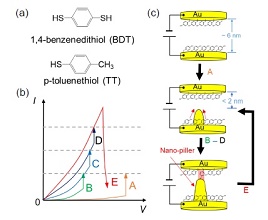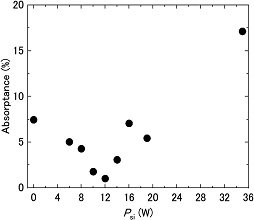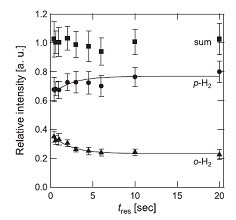Volume 64, Issue 9
Special Feature : Transactions of the Annual Meeting on the Japan Society of Vacuum and Surface Science 2020[III]
Displaying 1-9 of 9 articles from this issue
- |<
- <
- 1
- >
- >|
Preface
-
Article type: Preface
2021 Volume 64 Issue 9 Pages 405
Published: September 10, 2021
Released on J-STAGE: September 10, 2021
Download PDF (360K)
Special Feature : Transactions of the Annual Meeting on the Japan Society of Vacuum and Surface Science 2020[III]
-
 Article type: Regular article
Article type: Regular article
2021 Volume 64 Issue 9 Pages 406-410
Published: September 10, 2021
Released on J-STAGE: September 10, 2021
-
Article type: Regular article
2021 Volume 64 Issue 9 Pages 411-417
Published: September 10, 2021
Released on J-STAGE: September 10, 2021
Download PDF (644K) -
Article type: Regular article
2021 Volume 64 Issue 9 Pages 418-423
Published: September 10, 2021
Released on J-STAGE: September 10, 2021
Download PDF (2152K) -
Article type: Regular article
2021 Volume 64 Issue 9 Pages 424-429
Published: September 10, 2021
Released on J-STAGE: September 10, 2021
Download PDF (6465K) -
Article type: Current Topics
2021 Volume 64 Issue 9 Pages 430-434
Published: September 10, 2021
Released on J-STAGE: September 10, 2021
Download PDF (1252K)
Report
Conference Report
-
Article type: Report
2021 Volume 64 Issue 9 Pages 435-437
Published: September 10, 2021
Released on J-STAGE: September 10, 2021
Download PDF (881K)
News & Trends
-
Article type: News & Trends
2021 Volume 64 Issue 9 Pages 438
Published: September 10, 2021
Released on J-STAGE: September 10, 2021
Download PDF (309K)
-
Article type: Bookstand
2021 Volume 64 Issue 9 Pages 439
Published: September 10, 2021
Released on J-STAGE: September 10, 2021
Download PDF (207K)
- |<
- <
- 1
- >
- >|





